|

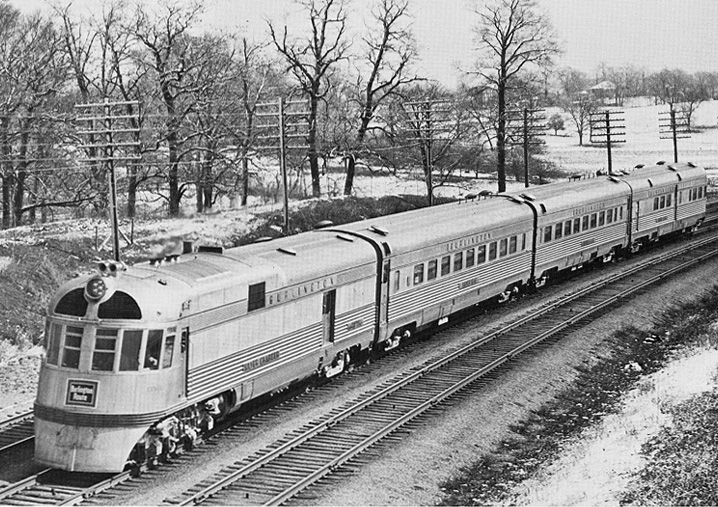
Compiled by: David Lotz and Bryan Howell
(Source information from BRHS Burlington Bulletin #13 and Patrick Dorin's "Everywhere West The Burlington Route")
Note: click any of the photos to see the larger, high resolution version.
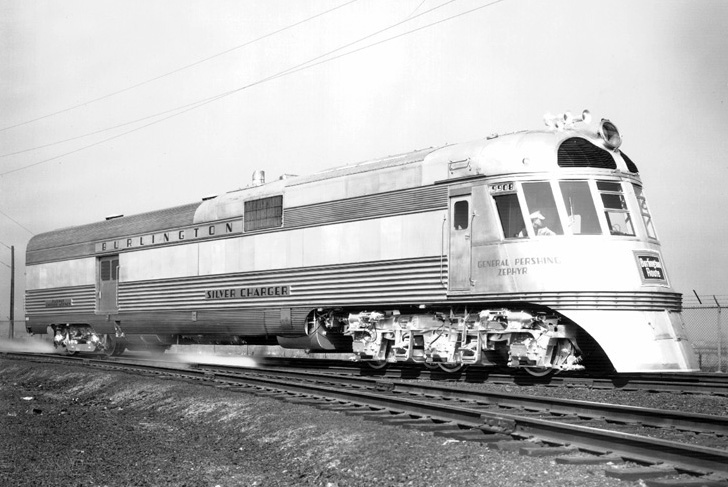 The General Pershing Zephyr was the ninth Zephyr to join the growing fleet of stainless steel Burlington trains. The design of this train differred from it's predecessors
in that it was totally non-articulated. The Denver Zephyr started the trend for more flexible consists by being semi-articulated, but the new
General Pershing Zephyr was completely non-articulated to meet the popularity of the new equipment. All to often there were many patrons left
standing on station platforms because of the limited seating of the very popular Zephyrs 9902 and 9903 that had been assigned at various times
to run the St. Louis to Kansas City route. Another design innovation for the GPZ was the first use of disc brakes on a passenger train in the U.S. The General Pershing Zephyr was the ninth Zephyr to join the growing fleet of stainless steel Burlington trains. The design of this train differred from it's predecessors
in that it was totally non-articulated. The Denver Zephyr started the trend for more flexible consists by being semi-articulated, but the new
General Pershing Zephyr was completely non-articulated to meet the popularity of the new equipment. All to often there were many patrons left
standing on station platforms because of the limited seating of the very popular Zephyrs 9902 and 9903 that had been assigned at various times
to run the St. Louis to Kansas City route. Another design innovation for the GPZ was the first use of disc brakes on a passenger train in the U.S.
The power unit for this train, although the last of the Burlington "shovelnoses," initiated some new designs. The daylight, trans-Missouri run
didn't require as much power as the new Twin and Denver Zephyrs, and it didn't require an RPO, so the 9908 was designed as basically a baggage car
with an engine! Due to this design, the construction contract went to Budd rather than EMC.
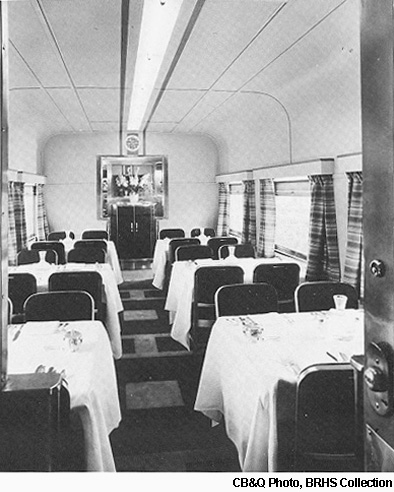 A major problem with the motors 9904-9907 was excessive nosing of the four-axle power trucks, especially at high speeds and on track not maintained
to the highest standards. the Burlington chose to equip 9908 with the new six-wheel A1A truck designed by Martin Blomberg, an EMC engineer. The A1A
truck, while only having traction motors on the first and third axle, had a considerably longer wheelbase due to the idler axle, which allowed it to
track exceedingly well on curves. It quickly became the standard on all EMC passenger locomotives. A major problem with the motors 9904-9907 was excessive nosing of the four-axle power trucks, especially at high speeds and on track not maintained
to the highest standards. the Burlington chose to equip 9908 with the new six-wheel A1A truck designed by Martin Blomberg, an EMC engineer. The A1A
truck, while only having traction motors on the first and third axle, had a considerably longer wheelbase due to the idler axle, which allowed it to
track exceedingly well on curves. It quickly became the standard on all EMC passenger locomotives.
Perhaps most important was the use of EMC's new 567 diesel instead of the Winton 201A engine. The 567 featured 8 1/2 X 10-inch cylinders, with a
displacement of 567 cubic inches (thus the model designation) and cranked out 1,000 horsepower with its V-12 design.
And lastly, the 9908 utilized all-EMC electrical transmission components - generators, traction motors and controls.
Because this new train passed near the birthplace and boyhood home of famous World War I General John G. Pershing, the train was christened
the General Pershing Zephyr. The name was duly painted in red on both sides of the 9908's sloping nose. The locomotive was named Silver Charger
after Pershing's horse, Charger (the General first having been a calvaryman), while the cars were named for emblems of rank for Army commissioned
officers - Silver Leaf, Silver Eagle and Silver Star.
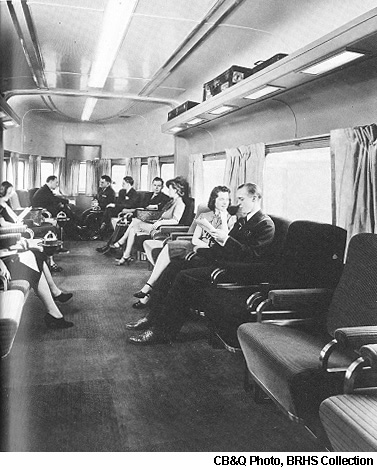 The three car train entered service on April 30, 1939 between Kansas City and St. Louis. It's 558-mile round trip as trains 32 and 33 started
at Kansas city at 9:00 AM, arriving at St. Louis at 2:00 PM, departing at 3:00 PM for an arrival back at Kansas City at 8:00 PM. The 279-mile run
included five scheduled stops and three conditional stops, allowing the train to complete its five-hour trip at an average speed of 55.8 miles
per hour. The train operated its intended route until the war conditions in 1942 saw the train reassigned, along with many other CB&Q trains.
There was a brief period in 1939 when this train was assigned to the daily round trip between Lincoln and Kansas City. The three car train entered service on April 30, 1939 between Kansas City and St. Louis. It's 558-mile round trip as trains 32 and 33 started
at Kansas city at 9:00 AM, arriving at St. Louis at 2:00 PM, departing at 3:00 PM for an arrival back at Kansas City at 8:00 PM. The 279-mile run
included five scheduled stops and three conditional stops, allowing the train to complete its five-hour trip at an average speed of 55.8 miles
per hour. The train operated its intended route until the war conditions in 1942 saw the train reassigned, along with many other CB&Q trains.
There was a brief period in 1939 when this train was assigned to the daily round trip between Lincoln and Kansas City.
As stated previously, the baggage compartment was a part of the power unit. The next car back, Silver Leaf, was a 70-passenger coach with a
women's loung in the front and two men's toilets on opposite sides of the aisle in the rear. The vestibule for this car was at the front of
the car. The next car, Silver Eagle, was somewhat smaller, only accommodating 52 passengers. It had a full men's and women's lounge on either
end of the car, with the vestiblue in the rear. The last car, Silver Star, was the diner/lounge/observation car. The kitchen and pantry were
in the front 13 feet of the car, with the 19 foot-long dining room that sat 24 passengers at six tables. The 31 foot-long parlor/lounge
comfortably seated 22 passengers. the vestibule in this car was located between the dining and lounge areas.
Only two parts of the original General Pershing Zephyr remain today. Locomotive 9908 was donated to the National Museum of Transport outside St. Louis, Missouri, upon retirement in the late 1960s. Silver Leaf and Silver Eagle were scrapped once they were taken out of service. This leaves diner/lounge/observation car Silver Star. It was retired in 1968 but was not included in the BN merger, nor was it sold to Amtrak. In 1974 it was given as a gift to the Mt. Newman Railway in Austrailia in honor of their first 100 million metric tons of iron ore moved over the railroad. Since the mine was located deep in Australia's Outback and there were no roads connecting the mine town to Port Hedlund 265 miles away, the car was used to transport people to Port Hedlund and back for shopping trips along with specials and employee appreciation events. The car was renamed Sundowner and served until 2009, when BHP Billiton (successor to Mt. Newman) donated the car to Port Hedlund and made into a restaurant. The restaurant opened in 2010 and remains open today.
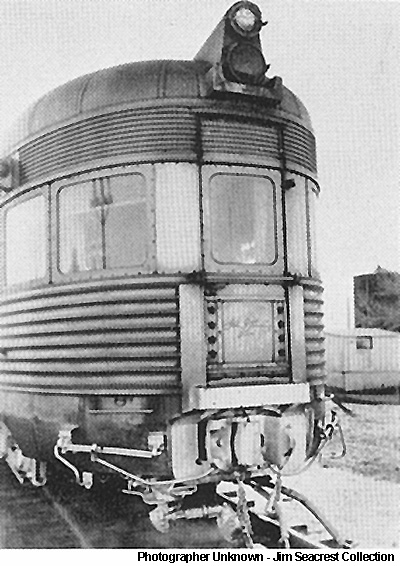
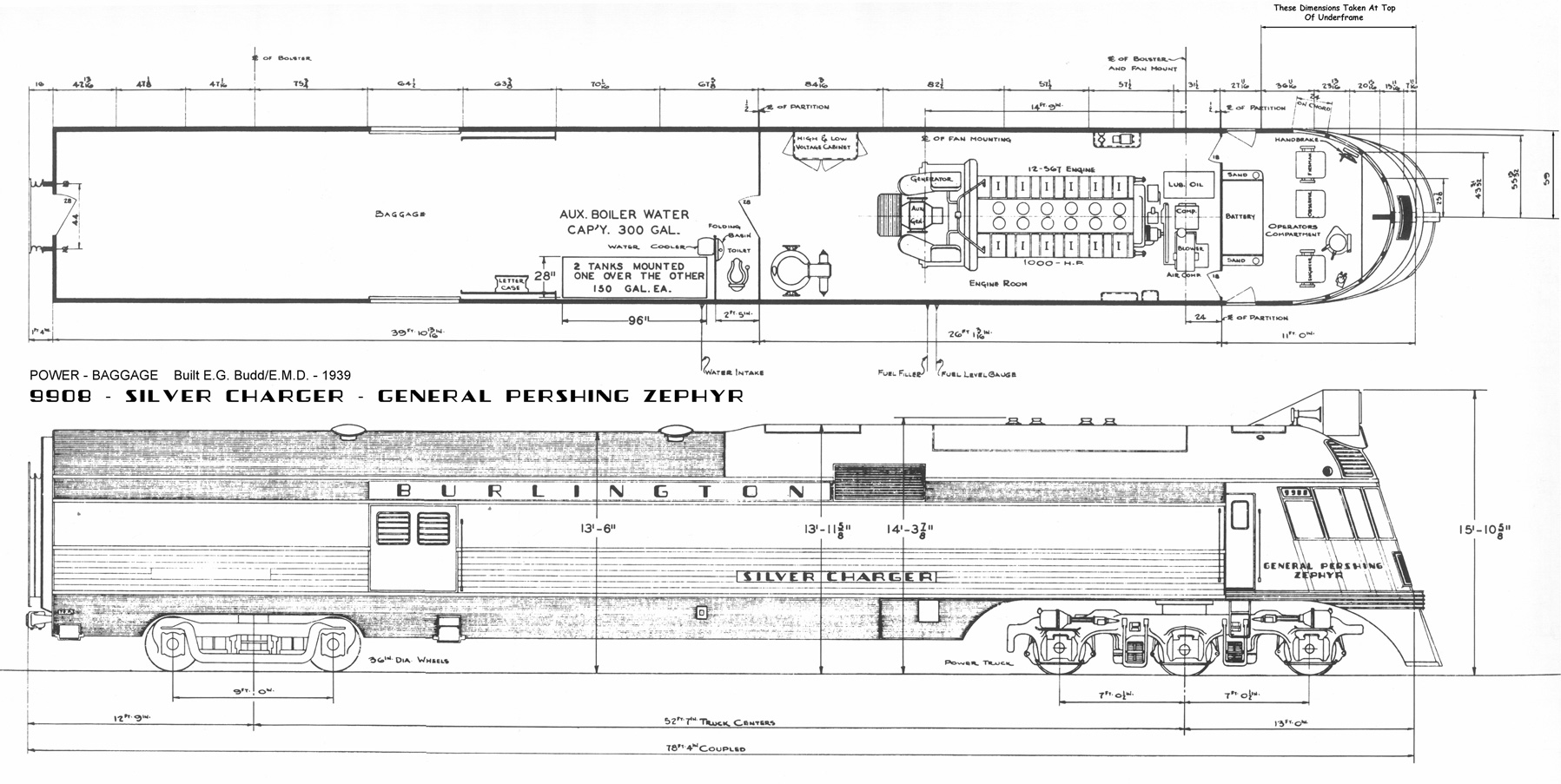
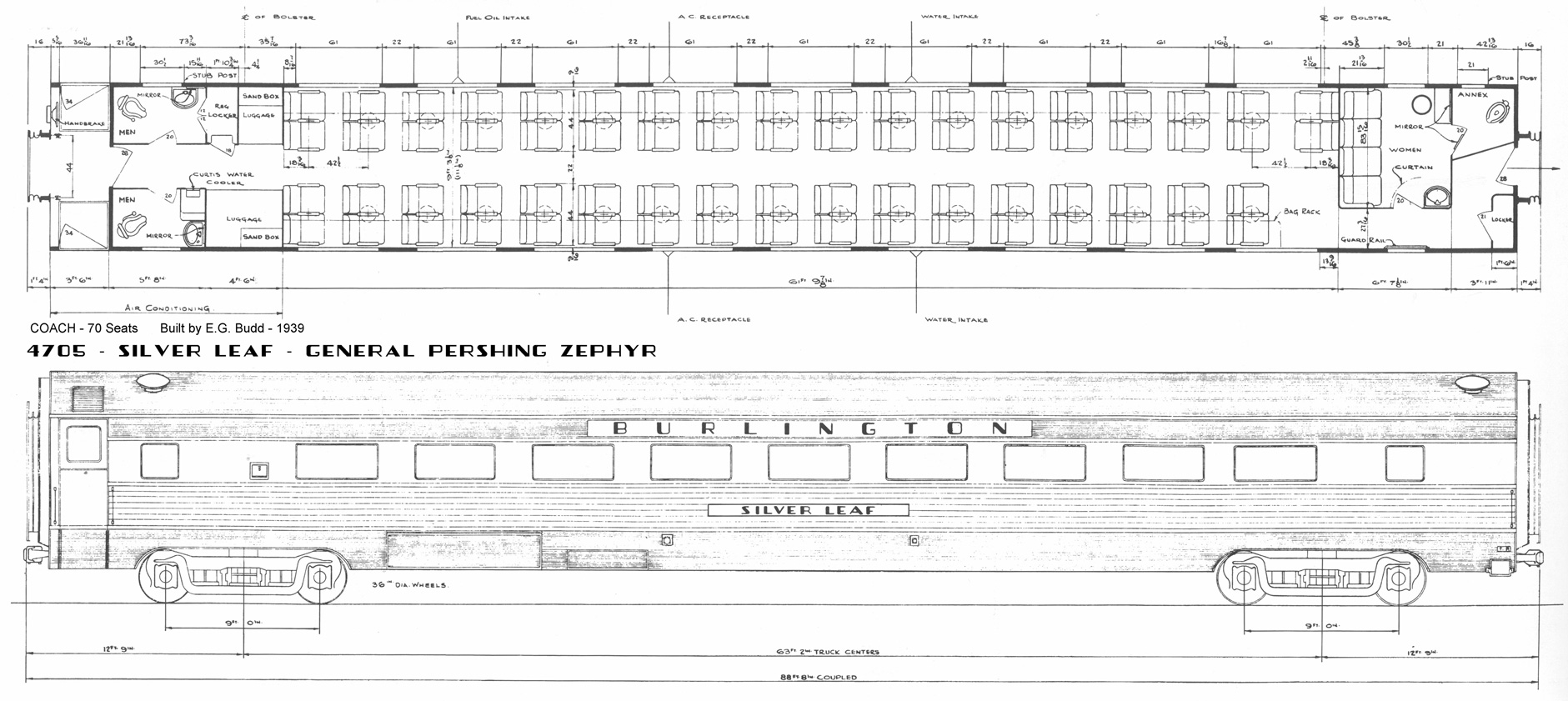
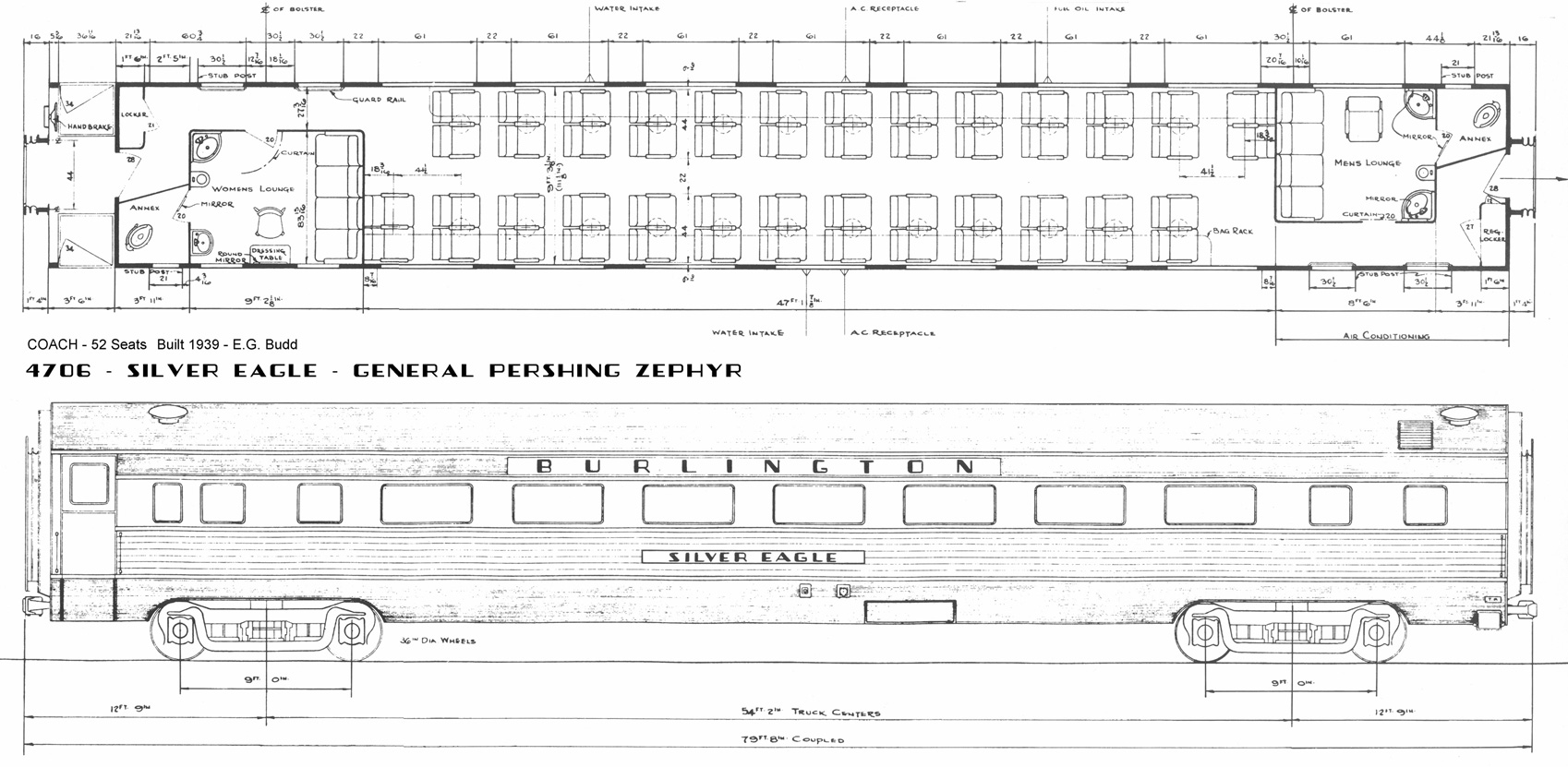
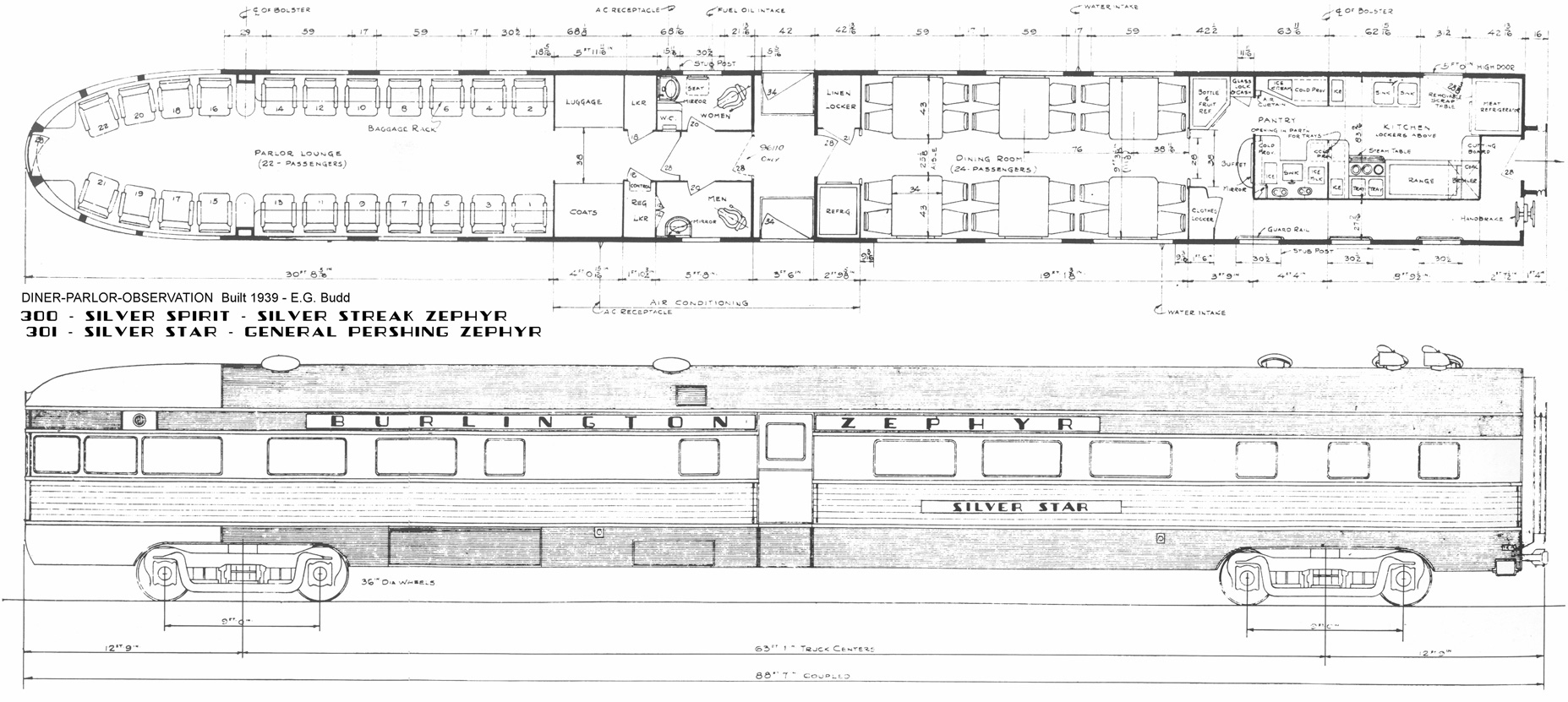
|
